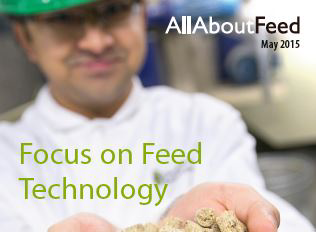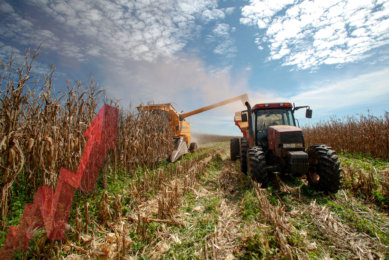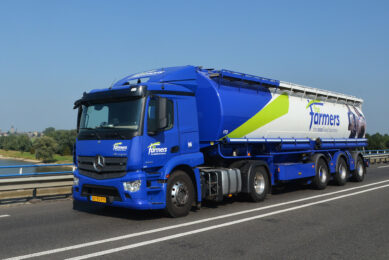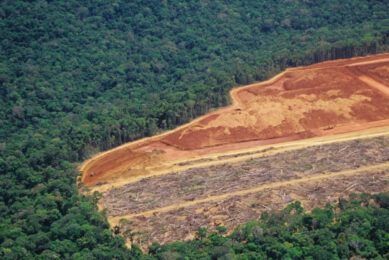Special issue AllAboutFeed ‘Focus on Feed technology’

AllAboutFeed has published a special edition on Feed technology and processing which is now available to view online. It covers a range of articles on equipment and gives an insight into the process of new ingredients that are used in modern animal diets.
Developments in the feed technology industry are all about making the equipment easier to handle, more efficient, stronger and suitable for the increasing demands of the feed millers. So, a lot has been changed over the last 50 years in this respect.
50 years of feed technology developments
In the article from Thomas van der Poel from Wageningen University in the Netherlands he explains the changes we have seen regarding the focus points of the feed millers. “Between 1960 and 1980, production of compound feed was followed by subsequent storage and with delivery to farmers on request. It was a period of rationalisation and modernisation and the beginning of production with requirements in view of legislation”, Van der Poel explains in the article on page 8 of this issue. He also sees that over the last 10 to 15 years, feed equipment has been more adapted to customer demands and new ingredients, each with their own set of processing requirements.

Changes in liquid processing
Not so much a new ingredient, but a change in use, is the application of liquid raw materials in compound feed. In the article of Juan Acedo – Rico González, we touch on the development of using liquids and the way feed technology has adapted to this. “During the 60s and 70s, process automation was very limited and just a few feed mills had more automated processes than just the automatic dosing process. Accuracy was not a problem, but as liquids were added manually to the main mixer, continuous mixer and conditioner, more pressure was put on the feed mill managers to control this process. Automation kicked off quickly at the beginning of the nineties. This gave a boost to the feed industry in terms of better control of adding liquids to feed. More liquid sources were available and higher inclusion rates were needed due to higher nutrient requirements of poultry and livestock (as a result of genetic improvements)”, Rico González explains.

Read the special issue online
We can certainly conclude that feed technology has developed tremendously over the last decades. More articles on recent developments can be read in this special edition of AllAboutFeed. This issue will also be available on the upcoming Victam International in Cologne, Germany.
Log in or sign up for free to view this special edition online now.












